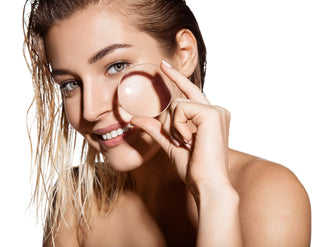
Primarily influenced by hormones, lifestyle, and stress, acne breakouts are embarrassing and unwanted additions to the face and body. Before you attempt to remove the imperfection, follow this guideline to help determine if an extraction will help you look better, or worse.
What kind of pimple is it?
As a general rule, avoid extracting any blemish that has any redness to it. Red is a sign of inflammation or infection of the follicle, and is classified as a papule, pustule, cyst, or nodule. Attempting to extract these types of blemishes may result in the spread of infection, bruising the skin, dark spots, or superficial scarring/pitting of the skin.
Whiteheads and blackheads are types of blemishes that are very superficial and easy to treat with routine care and light extractions.
Why remove it?
Now that you know what’s “safe” to extract – why bother with the process? Whiteheads will usually open up and clear on their own. Blackheads may need a little help out of the follicle or the plug can harden.
When is the best time to extract and how to do it?
The best time to take care of whiteheads and blackheads is after a shower. Your skin is clean, hydrated, and supple which will make the process easier. You will need:
- Cotton facial pads
- Clearifying Toner or Fruitzyme Conditioner
Apply the toner or conditioner to the cotton pad. Wrap the toner-dampened cotton pads around each index finger. Using your index fingers, gently squeeze and lift simultaneously to get the blemish up and away from the skin. If you notice any blood in the plug, discard the cotton pads and use new ones.
Do not press down or force a blemish out. If your skin is becoming red/pink, stop extracting. Using force on a pimple can cause an eruption at the base of the follicle (spreading infection), bruise your skin, encourage dark spots, and even damage capillaries with repeated extractions. Less is better when it comes to popping pimples.
How to prevent pimples?
Exfoliate regularly. Salicylic acid, glycolic acid, sulfur, and benzoyl peroxide, are classified as keratolytics. They help prevent acne formation by reducing surface oil, removing cellular buildup, and keep the skin around the pore thin to prevent blockage.
If you have never used hydroxy acids in a skin care regimen, start by applying your serum every other night and gradually build your tolerance to a nightly application. If your skin becomes red, chapped, inflamed, or painful, consult with your skin care provider or dermatologist.
Less is better when it comes to extracting pesky pimples. Before you attempt your own extractions, be sure that it's a whitehead or blackhead - in most cases, you may do more damage attempting to extract on your own. Use Blemish Control spot treatment to help reduce the pimple or consult with your skin care provider for some deep pore cleansing.


